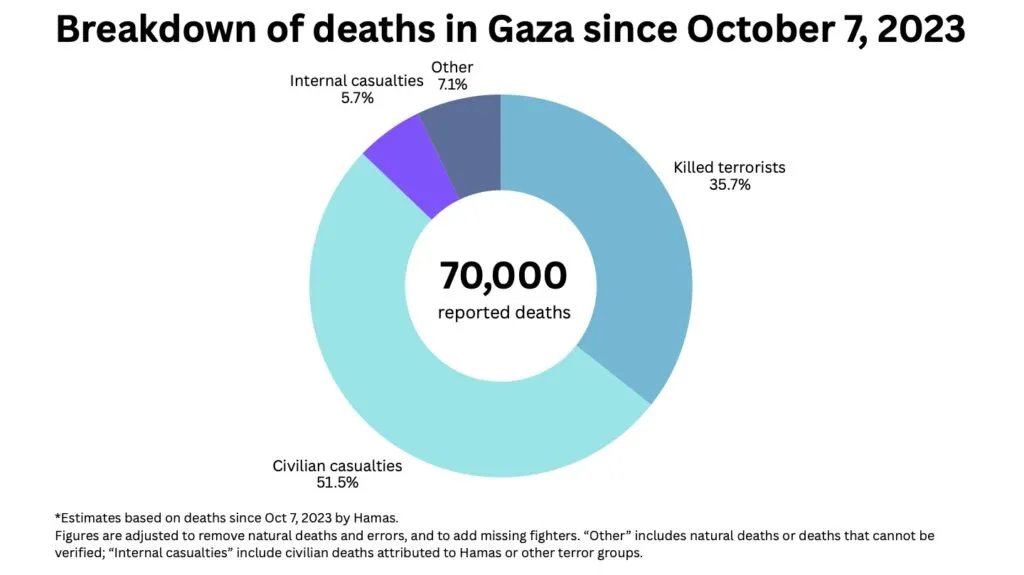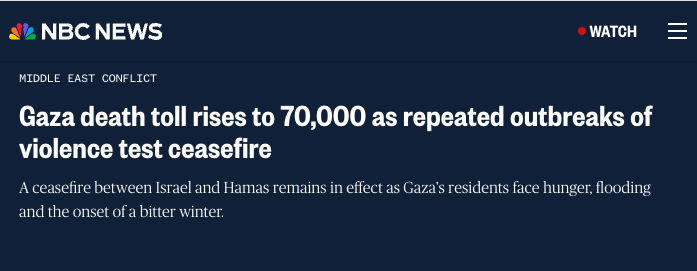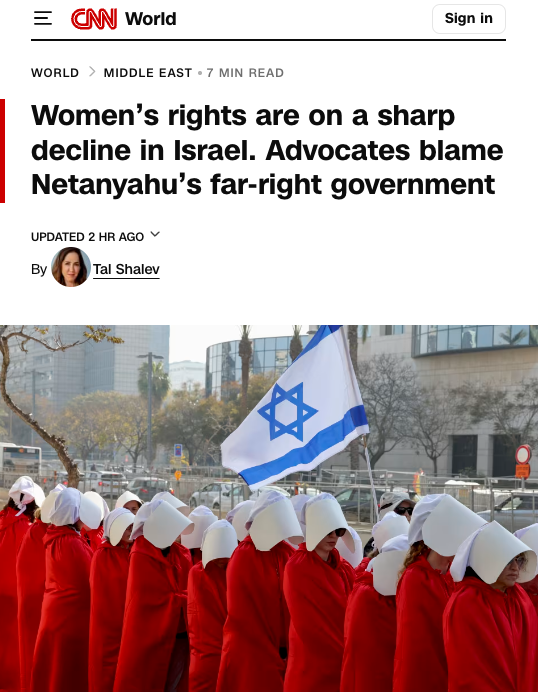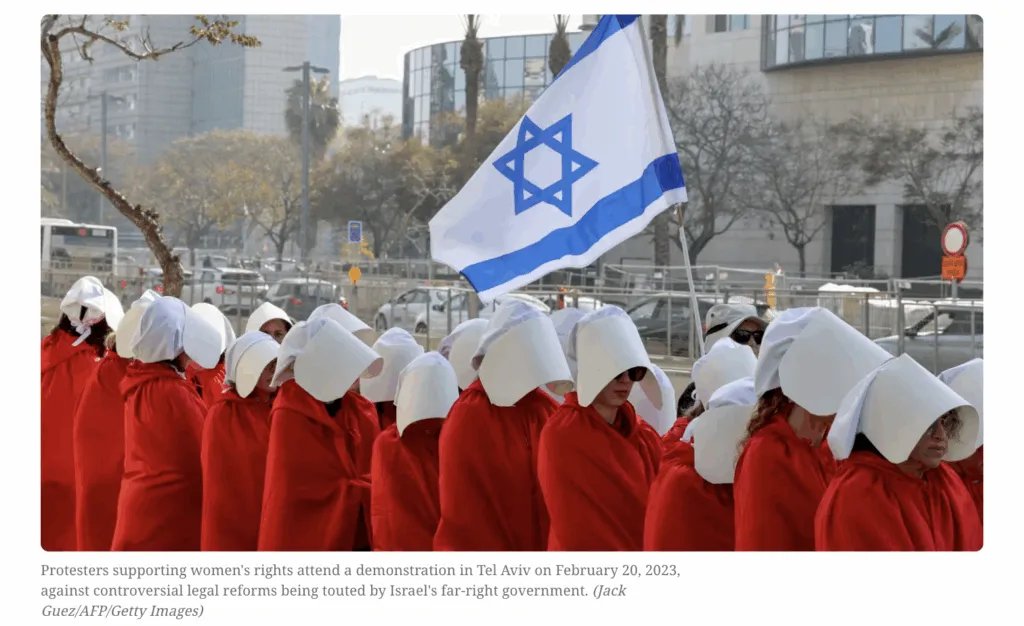Today marks 20 years since Tuvia Grossman, the bloodied "Palestinian," appeared all over the media, leading to the creation of HonestReporting.
On Sep 30, 2000, The @nytimes, @AP and others published a photo of a bloodied young man seen near a club-wielding Israeli policeman.
On Sep 30, 2000, The @nytimes, @AP and others published a photo of a bloodied young man seen near a club-wielding Israeli policeman.
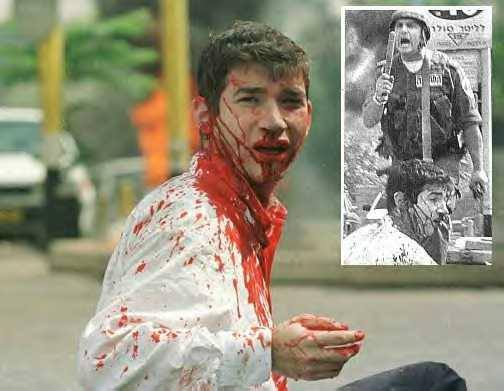
The caption read: “An Israeli policeman and a Palestinian on the Temple Mount.”
The pose suggested that the Israeli policeman was responsible for the injuries of the “Palestinian” man in the foreground.
The pose suggested that the Israeli policeman was responsible for the injuries of the “Palestinian” man in the foreground.
In reality, the man was not a Palestinian Arab at all, but a Jewish American yeshiva student named Tuvia Grossman. Grossman had been pulled from a taxi in Jerusalem by an Arab mob and severely beaten.
Similarly, from the picture the policeman seems to be threatening. In reality, the Israeli policeman pictured, a Druze Israeli called Gideon Tzefadi, was actually standing over Grossman and *defending* him from the mob.
Seeing his son's picture in the @NYTimes, Alan Grossman sent the following letter to the newspaper: “…that Palestinian is actually my son, Tuvia Grossman, a Jewish student from Chicago. He, and two of his friends, were pulled from their taxicab while traveling in Jerusalem…“
“...by a mob of Palestinian Arabs, and were severely beaten and stabbed. That picture could not have been taken on the Temple Mount because there are no gas stations on the Temple Mount and certainly none with Hebrew lettering.“
In response, the New York Times published a half-hearted correction which identified Tuvia Grossman as “an American student in Israel” — not as a Jew who was beaten by Arabs.
Responding to public outrage at the original error and the inadequate correction, @NYTimes reprinted Tuvia Grossman’s picture — this time with the proper caption — along with a full article detailing his near-lynching at the hands of Palestinians rioters.
The first “correction” also noted that “Mr. Grossman was wounded” in “Jerusalem’s Old City” — although the beating actually occurred in the Arab neighborhood of Wadi al Joz, not in the Old City.
For years after, the media distortion had an ongoing, real-life effect as Arab groups adopted Grossman’s photo in their propaganda campaigns, cynically using a bloodied Jew as a symbol of the Palestinian struggle.
Among others, an official Egyptian government website used the photo on its photo gallery, and the Palestinian Information Center incorporated Grossman’s photo into its homepage banner.
WATCH: A decade later, HonestReporting reunited Grossman with his rescuer, Gidon Tzefadi:
honestreporting.com/exclusive-vide…
honestreporting.com/exclusive-vide…
Do you believe that inaccurate and unfair media reporting can put people in danger?
Join us now and make a stand for media accuracy >>>
honestreporting.com/starthere/
Join us now and make a stand for media accuracy >>>
honestreporting.com/starthere/
• • •
Missing some Tweet in this thread? You can try to
force a refresh



